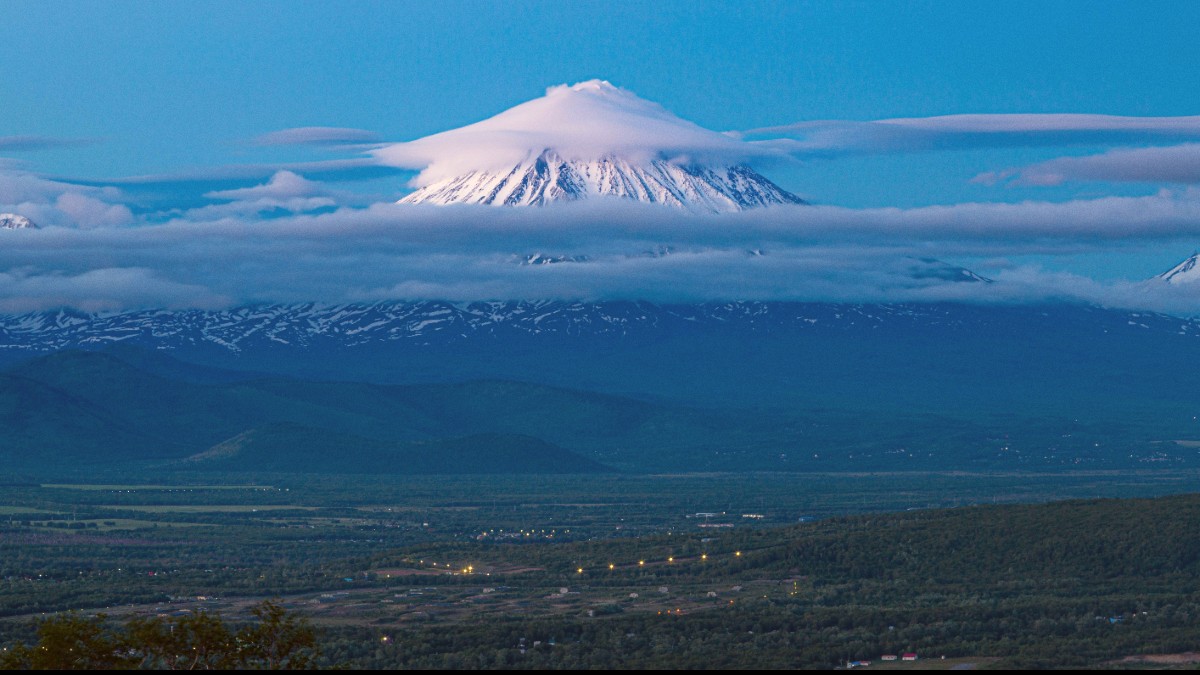
Eastern Turkey, Turkey
Mount Ararat is more than just a mountain; it is a symbol. It represents resilience, ancient narratives, and the raw beauty of Eastern Anatolia. Visitors experience a blend of cultures, and witness a way of life distinct from Turkey's more frequently visited western coasts. Prepare for an adventure that challenges the body and expands understanding of the world.
Mount Ararat's story extends far beyond its geological formation. The mountain is most widely known for its connection to a profound religious narrative. Many believe it to be the traditional resting place of Noah's Ark, as described in the biblical Book of Genesis.
This biblical association makes Mount Ararat a site of intense interest for religious scholars, archaeologists, and adventurers. Expeditions have explored its slopes for centuries, seeking evidence of the Ark. While scientific consensus on the Ark's physical presence remains elusive, the narrative provides a powerful draw. It imbues the mountain with an unique spiritual resonance.
The region around Mount Ararat has witnessed millennia of human history. It has served as a strategic crossroads where many powerful civilizations rose and fell. Following the Urartian Kingdom, the Achaemenid Persian Empire extended its influence, bringing new administrative structures and cultural exchanges. Roman and Byzantine Empires controlled parts of Eastern Anatolia, establishing trade routes and military outposts, linking the region to the broader Mediterranean world.
For much of its history, the Armenian people held a strong cultural and political presence in this highland region. Mount Ararat itself is a deeply revered national symbol for Armenians worldwide. It represents their historical homeland, cultural identity, and enduring spirit. The region became part of the vast Ottoman Empire for centuries, bringing Turkish and Islamic influences. The Ottomans built significant structures, including the Ishak Pasha Palace, a masterpiece of Ottoman architecture near Doğubayazıt. After the fall of the Ottoman Empire, Mount Ararat became part of the modern Republic of Turkey.
Skilled metalworkers who left significant archaeological traces.
Extended influence, brought new administrative structures.
Controlled parts of Eastern Anatolia, established trade routes.
Strong cultural and political presence, Mount Ararat a revered symbol.
Brought Turkish and Islamic influences, built Ishak Pasha Palace.
The blending of these diverse historical influences has created an unique cultural landscape. This is visible in the architecture, local customs, and traditions of the people living at the mountain's base. The mountain itself remains a silent witness to this long and layered history. Its presence connects the modern traveler to ancient times. It invites reflection on the passage of civilizations and the enduring power of human narratives. A visit to Ararat provides a chance to not only witness its natural beauty but also to walk through layers of history. You will feel the weight of centuries of human endeavor and belief.
Mount Ararat, or Ağrı Dağı, is Turkey's highest mountain. It is a dormant volcano in the country's far east. It features two prominent peaks. The larger peak reaches 5,137 meters (16,854 feet). The smaller peak is 3,896 meters (12,782 feet). This mountain is not just a geological landmark. It holds immense religious and historical significance. Many believe it to be the landing site of Noah's Ark. Its geographical position places it near the borders of Armenia and Iran. This location has made it a crossroads of civilizations throughout history.
The main reason travelers visit Mount Ararat is for mountaineering. It offers a challenging, yet non-technical, high-altitude climb during the summer months. Successful summit attempts demonstrate good physical fitness and proper acclimatization. Organized tours with licensed guides are customary for foreign climbers. Eastern Turkey provides a glimpse into a more traditional way of life. The local people, many of whom are Kurdish, are known for their hospitality. Visitors experience authentic Turkish and Kurdish cuisine. They will also observe daily life in a less tourist-driven environment. The experience here feels more raw and real than in other parts of Turkey.
Look for opportunities to observe Mount Ararat from different viewpoints around Doğubayazıt. The light changes constantly, offering new photographic angles and dramatic views throughout the day.
Mount Ararat offers a distinct travel experience in Eastern Turkey. It combines the thrill of high-altitude mountaineering with exposure to a deeply rooted culture. This guide helps you for a journey to this unique destination.
Cultural Highlights: Beyond the climb, the region offers cultural insights. The town of Doğubayazıt serves as the base for most expeditions. From here, visitors see the Ishak Pasha Palace, a stunning 18th-century Ottoman palace. Visitors also see the geological formation known as the Noah's Ark site, offering panoramic views. These cultural sites provide a contrast to the rugged mountain landscape and offer a glimpse into the region's rich past.
The main entry point is Ağrı Ahmed-i Hani Airport (AJI), connecting to Istanbul and Ankara with domestic flights.
Climbing Mount Ararat calls for a special permit from the Turkish Mountaineering Federation, arranged via licensed tour operators.
The best time to climb is July to August; however, the mountain environment is unpredictable.
Safety on Mount Ararat is about preparing for high altitude and severe weather. Choose a reputable tour operator. Follow your guide's instructions. Standard travel precautions apply in Doğubayazıt. The border region warrants awareness of local regulations and sensitivities.